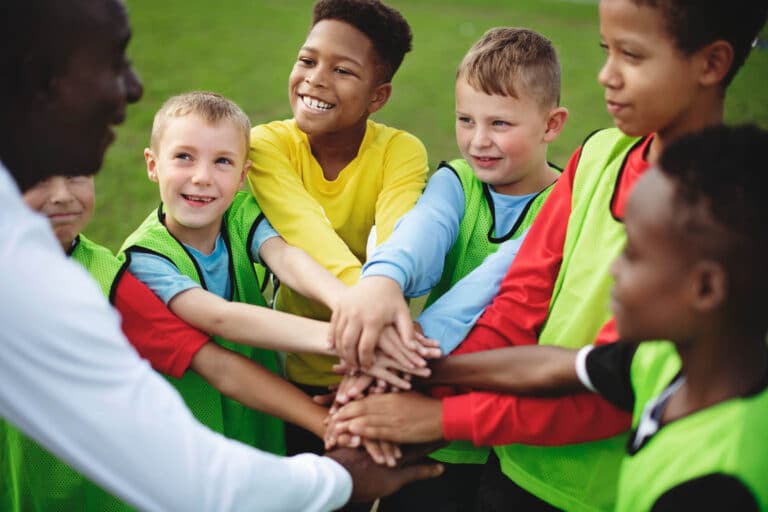Springtime is baseball season across the country, and youth baseball leagues provide an opportunity for children and teens to exercise, learn teamwork, and have fun with their friends. However, as with any sport, baseball can also put young athletes at risk for injury, particularly head injuries such as concussions. Since April is National Sports Safety Month, let’s talk a bit about the dangers of concussion in youth baseball, how to reduce the risks, and what steps to take to treat them if they occur.
Concussions in Baseball
Concussions are also known as mild traumatic brain injuries (MTBI). They occur when the brain is abruptly shaken, causing it to bounce or twist inside the skull. Baseball players are particularly vulnerable to head injuries when hit with a ball, collide with another player, or fall while running or sliding. Youth baseball concussions can cause a wide range of symptoms, from headaches and dizziness to memory loss and mood changes. In severe cases, they can lead to long-term health problems or even death.
Proactive Measures to Minimize Risk
The good news is that there are several steps parents and coaches can take to prevent youth baseball concussions or at least minimize the risk. To reduce the likelihood of concussions, follow these preventive measures:
- Wear protective gear. Ensure all players wear helmets with face guards and proper padding to protect against head injuries.
- Teach proper technique. Coaches should emphasize proper throwing, catching, and sliding techniques to reduce the risk of collisions and other injuries.
- Enforce safety rules. Strict adherence to safety rules, such as not sliding headfirst, can help prevent injuries.
- Promote awareness. Educate players, parents, and coaches about the symptoms of concussions and the importance of early detection and treatment.
- Monitor field conditions. Regularly inspect the playing field for hazards, such as holes or debris, that could contribute to injuries.
Treatment Options for Youth Baseball Concussions
Despite taking these precautions, occasionally concussions may still occur. If a young athlete suffers a concussion, the following steps can improve their chances for a safe and effective recovery:
- Immediate removal from play: If a concussion is suspected, the player must immediately be removed from the game or practice.
- Seek professional medical evaluation: A healthcare professional should evaluate the athlete to determine the severity of the injury and recommend the appropriate treatment.
- Rest and recovery: The player should rest both physically and mentally, avoiding activities that may worsen symptoms or slow recovery.
- Gradual return to activity: Once cleared by a medical professional (and not before), the athlete should follow a gradual return-to-play protocol, starting with light activity and progressing to full participation.
- Continued monitoring: Parents and coaches should monitor the athlete’s recovery and watch for any signs of complications or lingering symptoms.
The State of Colorado has established specific guidelines for protecting student-athletes from concussion risks. If your child’s injuries occurred or were exacerbated because one or more of these protocols were not followed, you may be able to recover damages on behalf of your child for their treatment and recovery. Talk to one of our personal injury attorneys to learn more.








